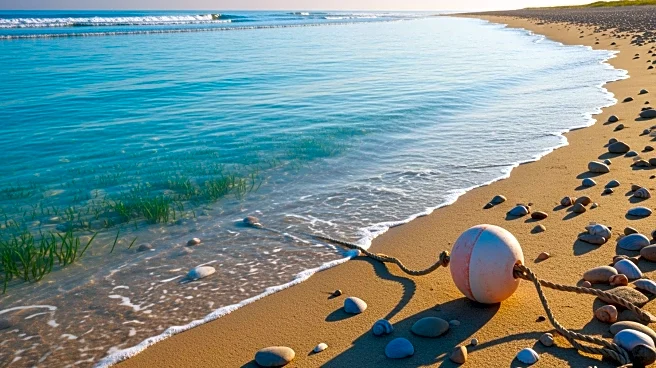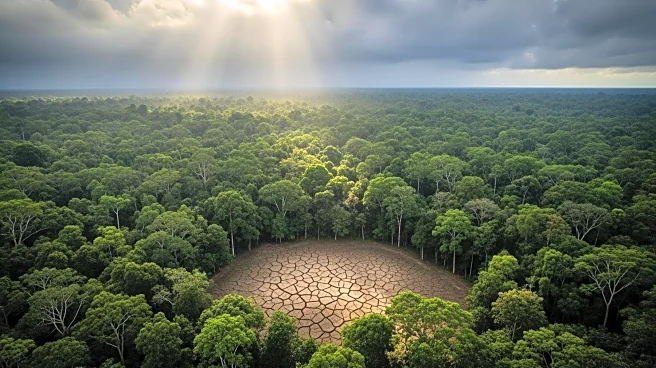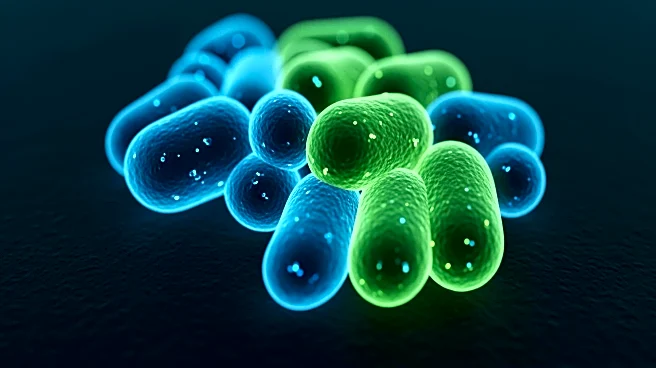What's Happening?
Efforts to protect and restore coastal ecosystems are facing challenges due to ineffective marine protected areas (MPAs). While many countries have met their spatial coverage targets, the effectiveness
of these areas in delivering biodiversity outcomes is lacking. The article emphasizes the need for integrated strategies that combine protection, restoration, and management of stressors. Collaborative efforts and standardized practices are essential for achieving measurable ecological and social outcomes.
Why It's Important?
The health of coastal ecosystems is crucial for biodiversity, climate regulation, and the livelihoods of communities dependent on marine resources. Effective management strategies can enhance the resilience of these ecosystems against stressors like climate change and human activities. Improved protection and restoration efforts can lead to increased fish biomass, better social outcomes, and sustainable economic benefits for local communities.
What's Next?
Countries need to assess the effectiveness of existing MPAs and design future areas to be more effective. Regular monitoring and collaboration with local communities are essential for successful implementation. The integration of restoration efforts with protection strategies will be key to achieving the ambitious goals set by international frameworks like the Ocean Conservation Breakthroughs.
Beyond the Headlines
The expansion of highly protected areas must consider the cultural and economic impacts on local communities. Balancing ecological goals with social and economic needs is crucial for sustainable marine management. The development of cross-ecosystem collaborations and communities of practice can help align local actions with global conservation frameworks.











